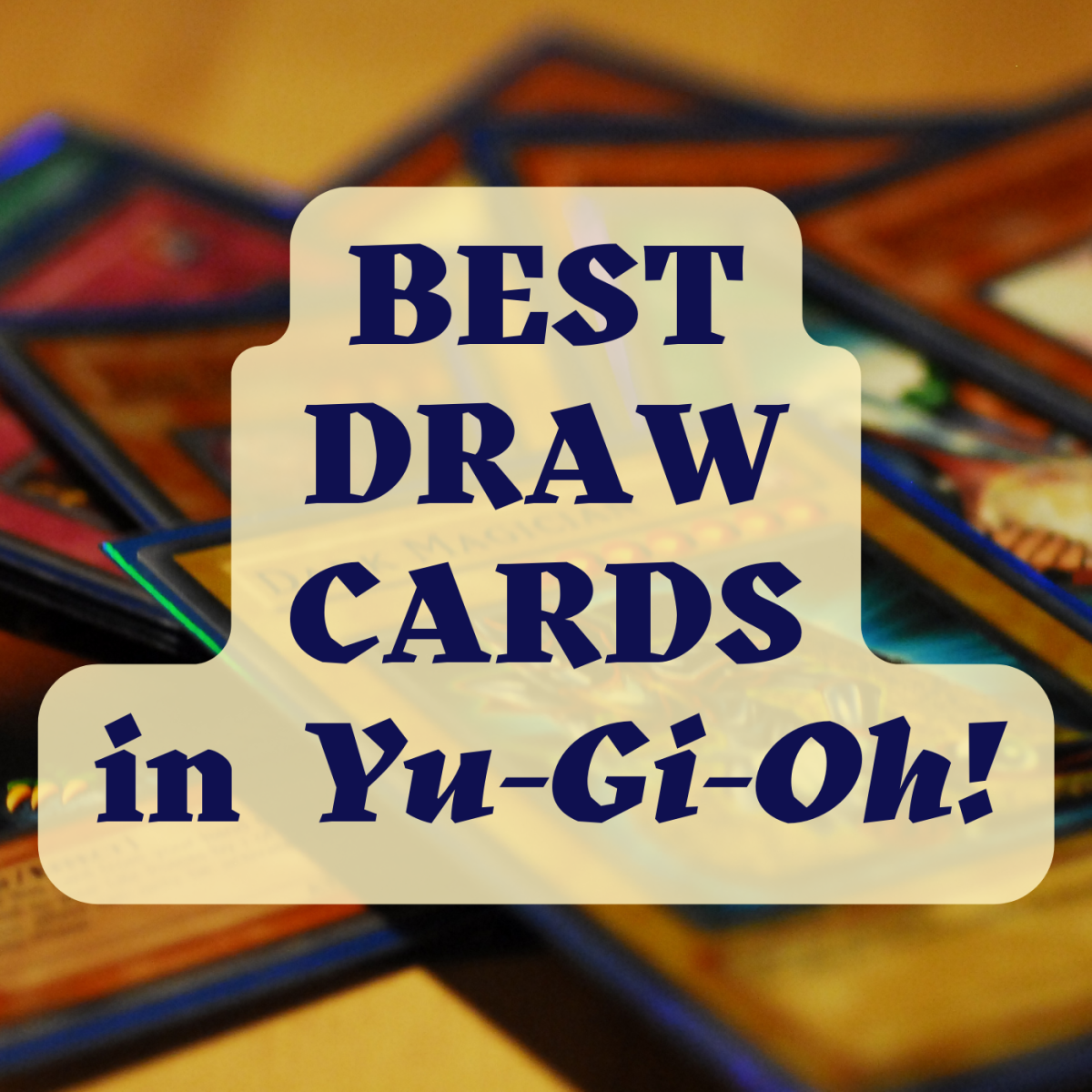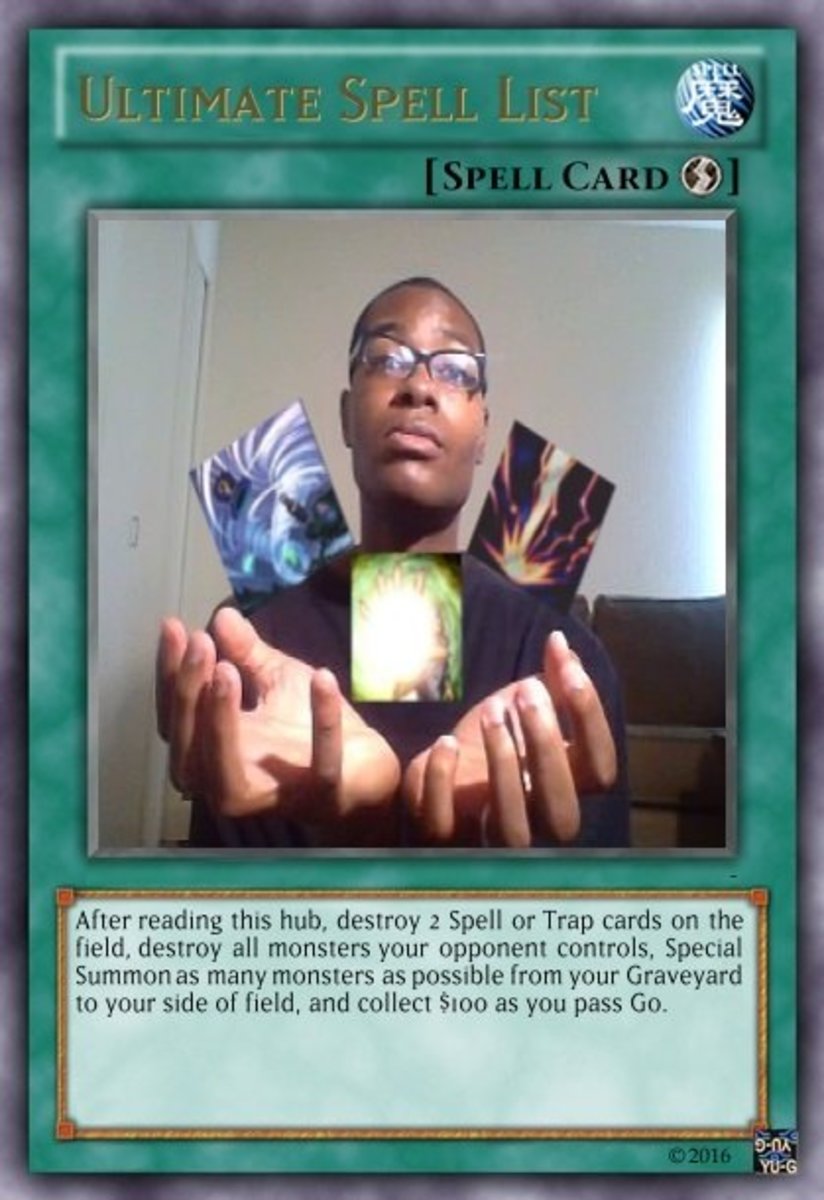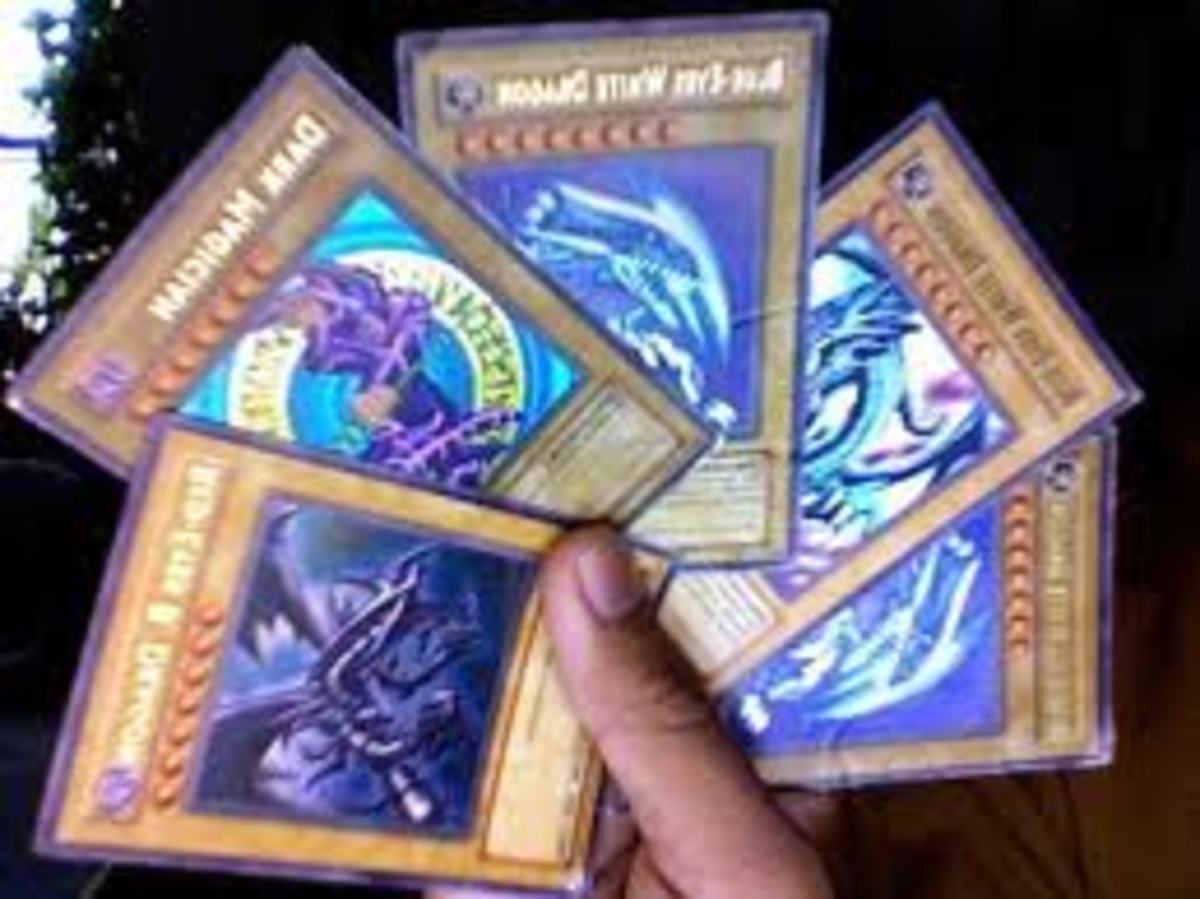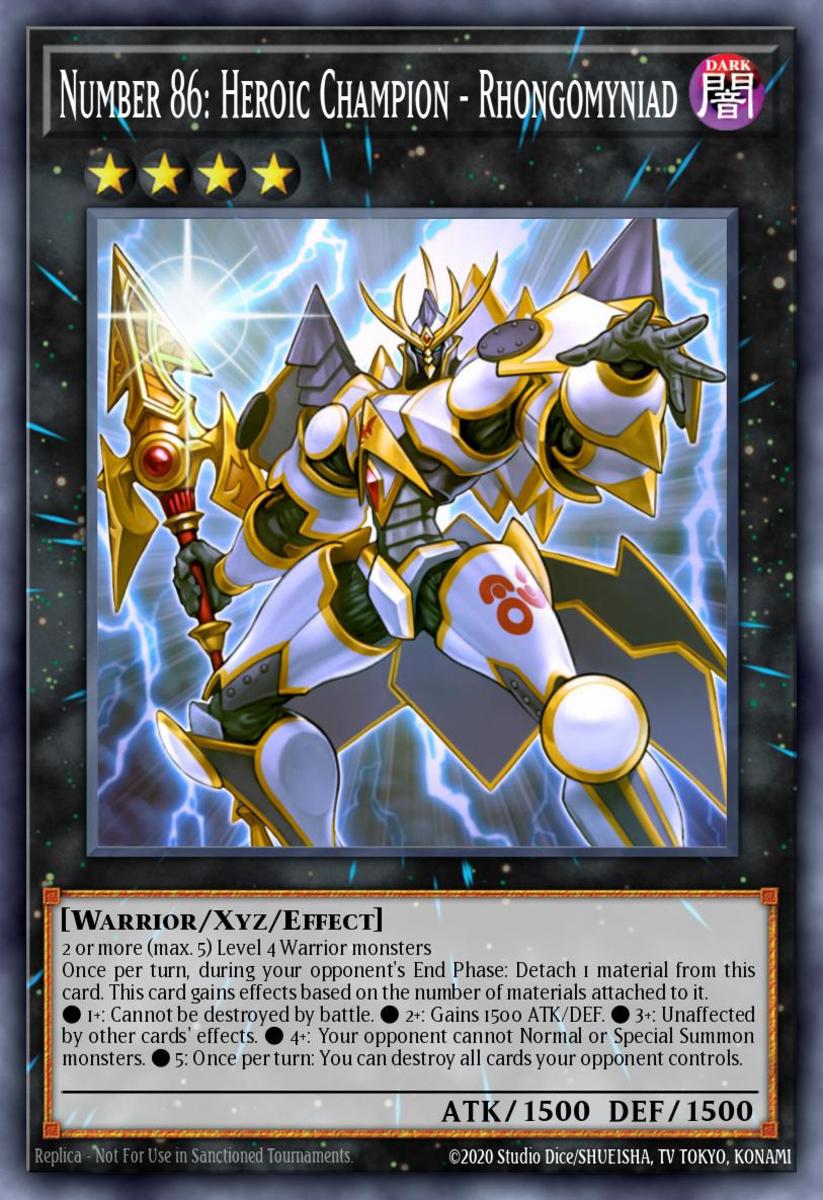- HubPages»
- Games, Toys, and Hobbies»
- Card Games»
- Collectible Card Games
An Overview of Yu-Gi-Oh!
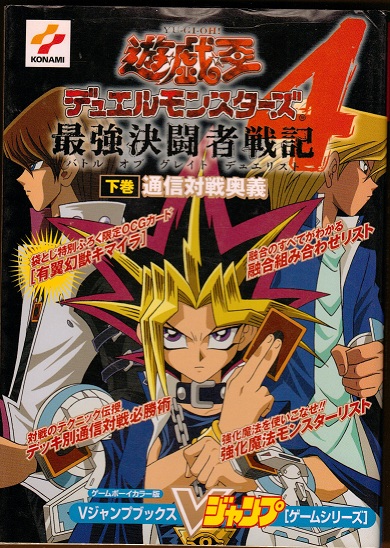
What is Yu-Gi-Oh! ?
Yugioh began as manga in Shonen Jump magazine in late 1996. It grew from manga to books, TV shows, movies, trading cards, clothing, and plentiful accessories.
Shonen Jump used to be a paper publication, and frequently contained some great - and otherwise hard to get - Yugioh cards. Sadly, the paper issues were discontinued about a year ago. You can still get the magazine in digital format though!
Many kids get involved with the Yugioh trading card game by watching the animated TV shows. Over the years, the Yugioh series has evolved and grown, which has helped maintain interest in the trading card game.
The Yugioh trading card game continues to evolve and thrive! New cards and decks are released frequently throughout the year, so players always have plenty to look forward to. Collectors will find a continual supply of cards to add to their collections, as new sets and decks are released several times each year.
Best of all, people of all ages can find friends when playing in local tournaments. There are usually prizes to be won as well. Special cards can sometimes be obtained by participating in tournaments.
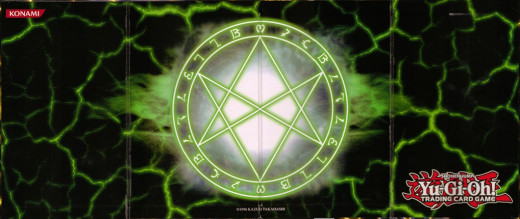
Yu-Gi-Oh! Card Game
Yugi and his friends frequently encountered entities that meant them harm in the early shows, and confrontations were resolved by dueling with special cards. This translated in the real world as a trading card game that could be played by fans of the show.
The basics of the game are straightforward: Each player starts with a deck composed of 40 to 60 Yugioh cards. Each player starts with the same number of life points. There are specific instructions for starting the game as well as proceeding through game play.
The game ends when certain conditions have been met. If a player runs out of life points or cards, they lose that round. Certain cards (most notably the Exodia set and Victory Dragon) can allow a player to win or lose the game without the previous conditions having been met.
While the basics of the game are straightforward, the actual mechanics can become quite complex. There are so many unique cards, the strategies for card combinations are nearly infinite.
There are three types of cards in the game - monsters, traps, and magic/spell cards. Let's take a closer look at the types of cards in the game.

Magic/Spell and Trap Cards
Spell/Magic cards are green colored cards. You may still hear them referred to as either magic cards or spell cards, although they are properly called spell cards now. For some reason, the term was changed over after many cards had been printed.
Magic and Spell cards are the same thing. There are many older cards that say Magic Card instead of Spell Card, but both versions are valid for game play.
The change was made after the Magic Ruler set had first been printed, and an entire set of cards was reissued as a result. The Magic Ruler set became known as the Spell Ruler set. This change was made apparently to avoid confusion with the Magic the Gathering game.
Avid collectors will make a distinction between Spell Ruler set cards and Magic Ruler set cards. However, the two sets contain identical cards.
Spell cards can be played directly from the hand, or can be set on the field in the game. Each spell card has it's own effect, printed on the card.
Trap cards are pink and work much the same way as do Spell/Magic cards. The major difference in these cards is that traps must be set on the field before they can be played.
Both types of cards can give your monsters a boost, send your opponent's monsters to the Graveyard, take or give life points to a player or players, summon monsters, or modify other game aspects. The text printed on the card tells you how it affects game play.
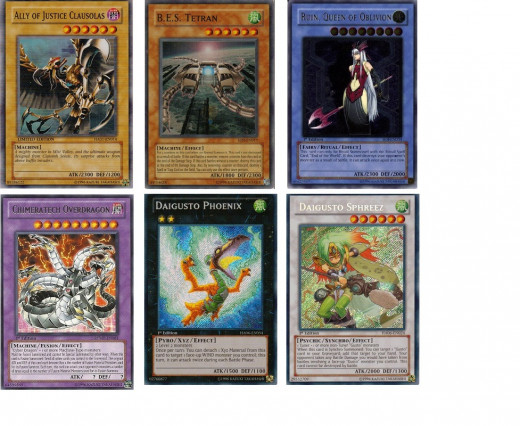
Monster Cards
There are several kinds of monster cards in the game, as well as numerous types.
Monsters are brought to the field in a variety of ways. All monsters except Xyz monsters have levels, indicated by the stars located in the upper right portion of the card. Monsters with more than 4 stars require one or more tributes, or may have more specialized summoning instructions as indicated by the card text.
Normal monsters are yellow. They have no special effects, just an ATK and DEF. The text on the card is for descriptive purposes.
Effect monsters are generally orange/brown in color and have special effects listed on the card. While all orange/brown monsters are effect monsters, not all effect monsters are orange/brown. Effects can also be found in Ritual, Fusion, Synchro, and Xyz monsters, although these cards can also be non-effect monsters.
If a monster is not orange/brown and is an effect monster, it will be listed in the information below the picture.
Ritual cards have a blue background, and typically require a particular spell card to be summoned.
Fusion monsters have a purple background and usually require specific monsters to be tributed for their summons. A Polymerization spell card may also be needed for a fusion summons.
Synchro monsters have a white background and require a monster type known as a Tuner as part of their summons.
Xyz monsters are on a black background and have a rank, indicated by the stars located in the upper left portion of the card.
It is easy to see how the game can become very complex with all these different kinds of monsters and summoning conditions.
Younger Players
Younger players, particularly those who are still learning to read, can actually still play this game. Konami has rated it for 6 years old and up.
For very young players, create decks that include plenty of normal monsters, since these are easy to work with. Use spell and trap cards that are easy to remember. There are also many effect monsters with simple yet devastating effects, and these are also easy for younger players to work with.
Young players and players who have trouble reading tend to memorize the card images and effects. By following the guidelines above, you can help them design a deck that they can easily duel with. As they learn more strategies, more complex cards can be introduced.

